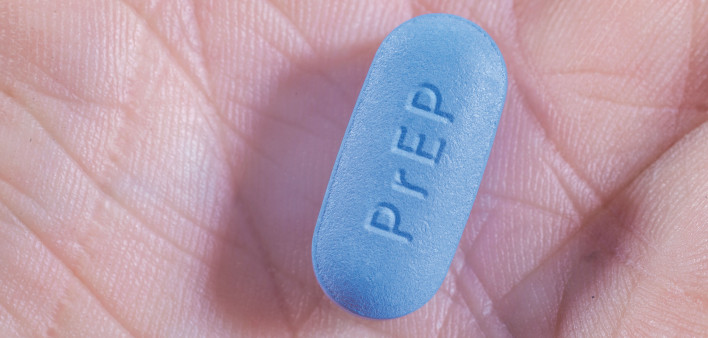Does your health insurance plan cover pre-exposure prophylaxis (PrEP) to prevent HIV? What about the related essential services, such as doctor visits, screenings and lab work? If you peruse your insurance plan, you might not find an easy answer. According to a report by The AIDS Institute, many insurance plans do not clearly explain their PrEP coverage.
The AIDS Institute’s newest report on PrEP coverage under private insurance in the US highlights critical deficits in...
Posted by The AIDS Institute on Thursday, May 23, 2024
Since 2021, health plans are legally required to cover PrEP and related essential services, but if patients aren’t aware of this coverage, then how can they be expected to use it?
“Regulators, insurance companies and clinical providers of PrEP cannot assume that a PrEP user knows that PrEP should be free or that they have the skills to navigate the complex insurance claims and appeals process,” said Nick Armstrong, The AIDS Institute’s manager of advocacy and government affairs, in a press statement about the report. “We hope that this research, coupled with stories of patients across the U.S. who have been charged for PrEP, demonstrates that more needs to be done to ensure that insurance companies are compliant with the ACA’s [Affordable Care Act’s] preventive services regulations.”
For the report, The AIDS Institute reviewed 325 insurance plans in the federal and state ACA marketplace. It found that:
- 13% of marketplace health insurance plans in 2024 do not clearly indicate on their formulary that at least one PrEP drug is available without a co-payment;
- 30% of plans do not include PrEP on a preventive services list;
- 66% of plans do not include any information about the availability of cost-free PrEP-related provider visits, labs and screenings; and
- 71% of plans have no detail about which labs, screenings or provider visits are covered without cost.
The AIDS Institute also graded the health plans based on how well they communicated their PrEP coverage. Of the 325 plans reviewed:
- 90 plans (27%) received a grade A
- 33 plans (5%) received a grade B
- 92 plans (31%) received a grade C
- 95 plans (32%) received a grade D
- 15 plans (5%) received a grade F
Notably, all plans in Alabama and Colorado received an A, and three health plans—Ambetter, Cigna and UnitedHealthcare—received an A in every state in which they operated.
“Insurers play an important role in ending the HIV epidemic by educating their members about HIV prevention and providing access to HIV prevention,” said Rachel Klein, deputy executive director of The AIDS Institute, in the press release. “Plan formularies, coverage documents and websites should clearly communicate this information.”
To learn more, click #Prevention or read POZ’s Health Basics on HIV Prevention and PrEP. It reads in part:
PrEP Options
There are currently three antiretroviral options approved by the Food and Drug Administration (FDA) for HIV prevention:
• Truvada (tenofovir disoproxil fumarate/emtricitabine, or TDF/FTC)
• Descovy (tenofovir alafenamide/emtricitabine, or TAF/FTC)
• Apretude (long-acting cabotegravir)
Click here for the POZ HIV Prevention Drug Chart for more information about each of the available options.
How to Use PrEP
PrEP is indicated for people who are at increased risk for HIV. In addition to PrEP, they should be offered risk-reduction counseling, adherence counseling and condoms.
According to the CDC, this includes people who have had anal or vaginal sex within the past six months and who have sex partners who are HIV positive or whose status is unknown, do not consistently use condoms or have recently been diagnosed with a sexually transmitted infection. PrEP is also indicated for people who share needles or other equipment to inject drugs, but there has been little research on its effectiveness for this group.
The CDC now says that providers should inform all sexually active adults and adolescents about PrEP and prescribe it to anyone who asks for it, as this may “help patients overcome embarrassment or stigma that could prevent them from telling their health care provider about their HIV risk factors.”
Access to PrEP
Over a decade after the FDA’s approval of Truvada for HIV prevention, PrEP has yet to reach its full potential. According to the CDC, of the 1.2 million people in the United States who could benefit, less than a third were prescribed PrEP in 2021.
While many urban white gay men have eagerly adopted PrEP, uptake has been slower among other groups. This is true for Black and Latino men who have sex with men, women of all races and ethnicities, adolescents and young adults and people living in rural areas. While Black people account for about 40% of new HIV cases in the United States, only 8% of those who could benefit received a PrEP prescription. For women and Latino people, the proportions with a PrEP prescription were 10% and 14%, respectively.







1 Comment
1 Comment